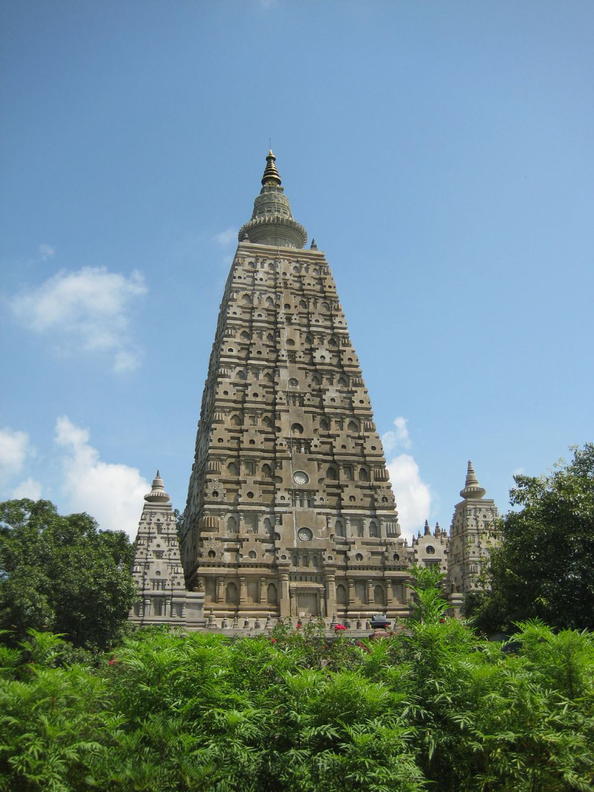- About Us
- Schemes
- Culture Scheme Dashboard
- Scheme of Financial Assistance for Promotion of Art and Culture
- Financial Assistance to Cultural Organizations with National Presence
- Cultural Function and Production Grant(CFPG)
- Financial Assistance for Preservation and Development of Cultural Heriatge of the Himalayas
- Financial Assistance for Development of Buddhist/Tibetan Arts and Culture
- Financial Assistance for Cultural Activities in Performing Arts for Building Grants Including Studio Theatres
- Financial Assistance for Allied Cultural Activities
- Financial Assistance for Promotion of Guru-Shishya Parampara (Repertory grant)
- National Mission on Libraries
- Financial Assistance for Construction of Tagore Cultural Complexes(TCC)
- Scheme of Financial Assistance under Seva Bhoj Yojna
- Scheme of Scholarship and Fellowship for Promotion of Art and Culture
- Museum Grant Scheme
- Scheme for Financial Assistance for Veteran Artists
- Scheme for Promotion of Culture of Science (SPOCS)
- Scheme for Safeguarding the Intangible Cultural Heritage
- Global Engagement Scheme
- Indian Conservation Fellowship Program (ICFP)
- Centenary and Anniversary Celebrations Scheme
- Mission
- ICR
- Commemorations
- CSL
- G20 CWG
- Contact Us
Mahabodhi Temple Complex at Bodh Gaya

Mahabodhi Temple Complex at Bodh Gaya
Bihar
The Mahabodhi Temple, one of the few surviving examples of early brick structures in India, has had significant influence in the development of architecture over the centuries. balustrades, and the memorial column. The present temple is one of the earliest and most imposing structures built entirely from brick in the late Gupta period. The sculpted stone balustrades are an outstanding early example of sculptural reliefs in stone.
The Temple Complex has direct associations with the life of the Lord Buddha (566-486 BC) as the place where in 531 BC he attained the supreme and perfect insight while seated under the Bodhi Tree. It provides exceptional records for the events associated with his life and for subsequent worship, particularly since Emperor Asoka made a pilgrimage to this spot around 260 BC and built the first temple at the site of the Bodhi Tree. The Mahabodhi Temple Complex is located in the very heart of the city of Bodh Gaya. The site consists of the main temple and six sacred places within an enclosed area, and a seventh one, the Lotus Pond, just outside the enclosure to the south.
The most important of the sacred places is the giant Bodhi Tree (Ficus religiosa ). This tree is to the west of the main temple and is supposed to be a direct descendant of the original Bodhi Tree under which the Buddha spent his First Week and where he had his enlightenment. To the north of the central path, on a raised area, is the Animeshlochan Chaitya (prayer hall) where the Buddha is believed to have spent the Second Week. The Buddha spent the Third Week walking 18 paces back and forth in an area called Ratnachakrama (Jewelled Ambulatory), which lies near the north wall of the main temple. The spot where he spent the Fourth Week is Ratnaghar Chaitya, located to the north-east near the enclosure wall. Immediately after the steps of the east entrance on the central path there is a pillar which marks the site of the Ajapala Nigrodh Tree, under which Buddha meditated during his Fifth Week, answering the queries of Brahmins. He spent the Sixth Week next to the Lotus Pond to the south of the enclosure, and the Seventh Week under the Rajyatana Tree currently marked by a tree.








